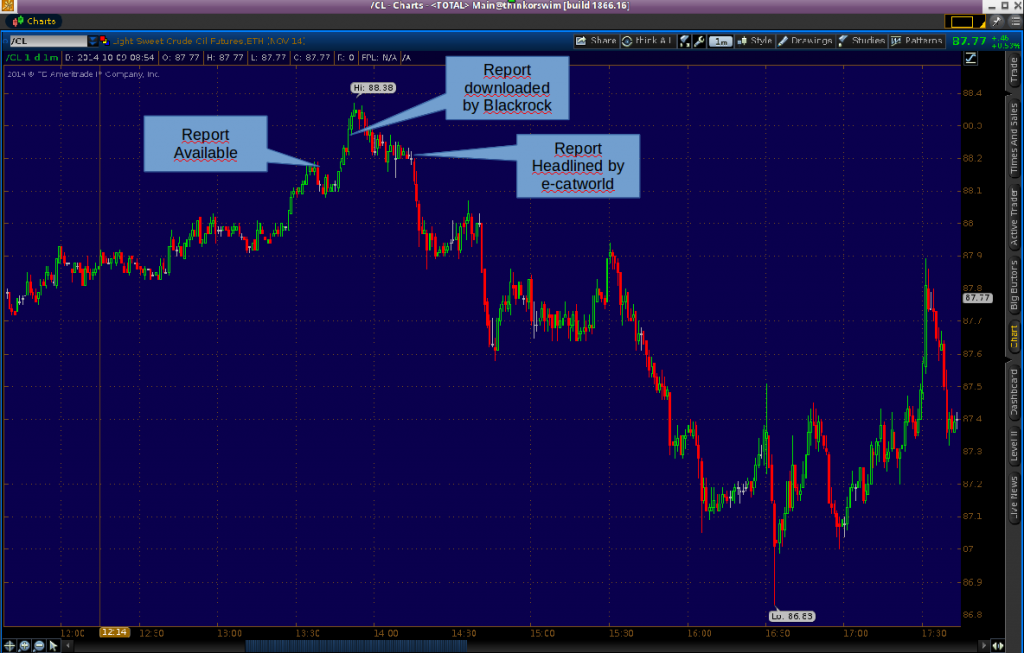mcclatchydc | A Liberian man who arrived by ambulance at a Dallas hospital with
symptoms of Ebola sat for "several hours" in a room with other patients
before being put in isolation, and the nurses who treated him wore
flimsy gowns and had little protective gear, nurses alleged Tuesday as
they fought back against suggestions that one of their own had erred in
handling him.
The statements came as Nina Pham, a 26-year-old
nurse at Texas Health Presbyterian Hospital in Dallas, fought off the
Ebola virus after contracting it from the Liberian, Thomas Eric Duncan.
The statements by the Dallas hospital nurses were read by
representatives of the Oakland, Calif.-based group National Nurses
United.
RoseAnn DeMoro, executive director of National Nurses
United, said the nonunionized Texas nurses could not identify
themselves, speak to the media independently or even read their
statements over the phone because they feared losing their jobs. In a
conference call, questions from the media were relayed to the unknown
number of nurses by National Nurses United representatives, and the
responses were read back to reporters.
DeMoro said all of the
nurses had direct knowledge of what had transpired in the days after
Duncan arrived at the hospital on Sept. 28.
Among other
things, they said that Duncan "was left for several hours, not in
isolation, in an area where other patients were present."
When a nurse supervisor demanded that he be moved into isolation, the
supervisor "faced resistance from other hospital authorities," the
nurses said.
They described a hospital with no clear
guidelines in place for handling Ebola patients, where Duncan's lab
specimens were sent through the usual hospital tube system "without
being specifically sealed and hand-delivered. The result is that the
entire tube system, which all the lab systems are sent, was potentially
contaminated," they said.
"There was no advanced preparedness
on what to do with the patient. There was no protocol; there was no
system. The nurses were asked to call the infectious disease department"
if they had questions, they said.
The nurses said they were
essentially left to figure things out for themselves as they dealt with
"copious amounts" of body fluids from Duncan while wearing gloves with
no wrist tapes, gowns that did not cover their necks, and no surgical
booties. Protective gear eventually arrived, but not until three days
after Duncan's admission to the hospital, they said.
The
nurses' allegations conflict with what hospital officials have been
saying since Duncan's admission: that they have strict protocols in
place for handling such patients and that a mistake led to Pham becoming
infected while she treated him.
The hospital released the following statement after the nurses' comments:
"Patient and employee safety is our greatest priority and we take
compliance very seriously. We have numerous measures in place to provide
a safe working environment, including mandatory annual training and a
24-7 hotline and other mechanisms that allow for anonymous reporting.
Our nursing staff is committed to providing quality, compassionate care,
as we have always known, and as the world has seen firsthand in recent
days. We will continue to review and respond to any concerns raised by
our nurses and all employees."
DeMoro said the nurses came
forward and asked Nurses United to publicize their statements out of
anger they were being blamed for what had happened to their colleague.
The nurses statements come as an additional 76 health care workers
who were involved in the treatment of Duncan are being watched for
symptoms of Ebola and as the U.S. Centers for Disease Control and
Prevention pledged to improve its response to hospitals in the event of
more Ebola cases.
Read more here: http://www.mcclatchydc.com/2014/10/14/243412_dallas-nurses-describe-ebola-hospital.html?&rh=1#storylink=cpy






